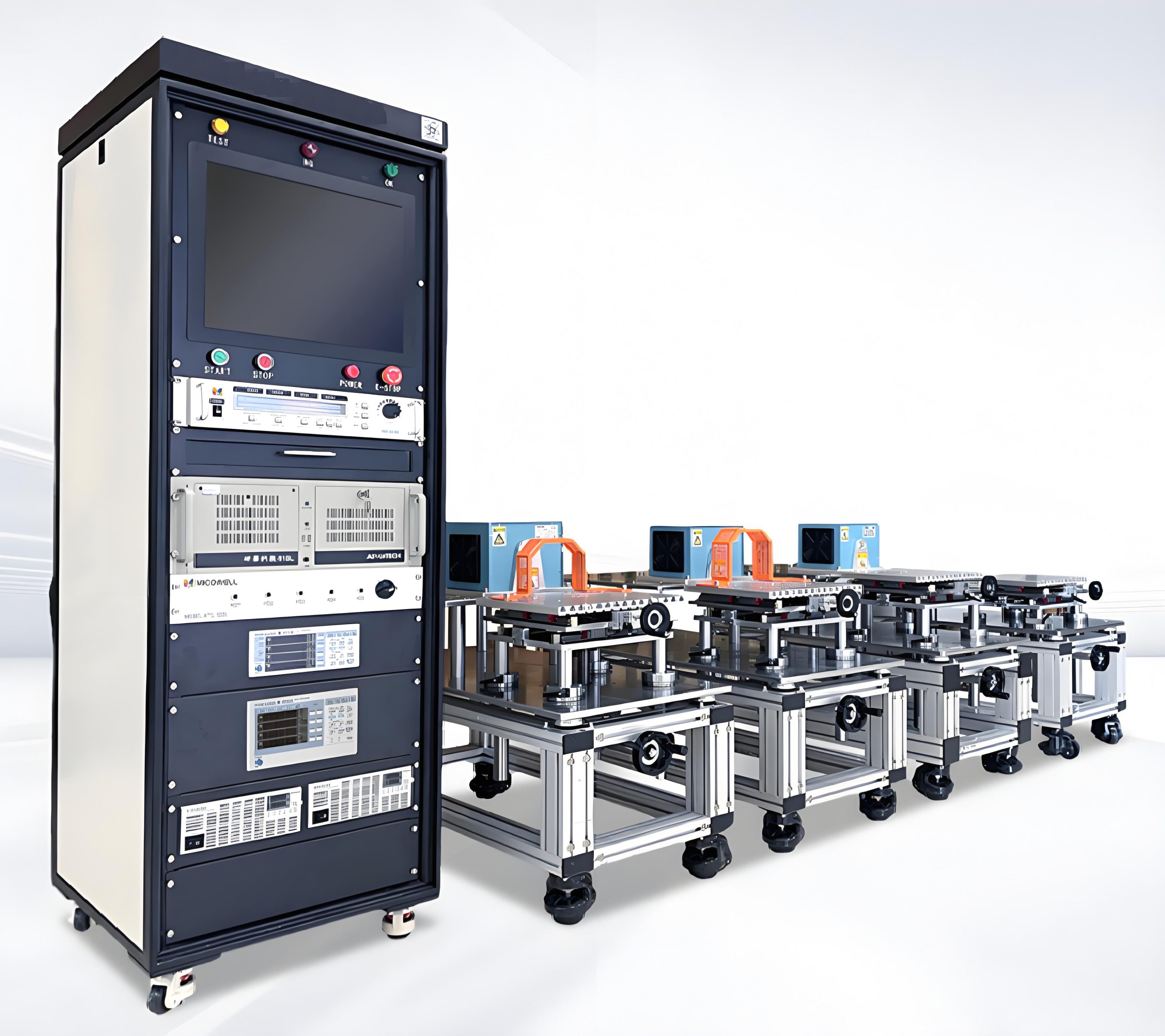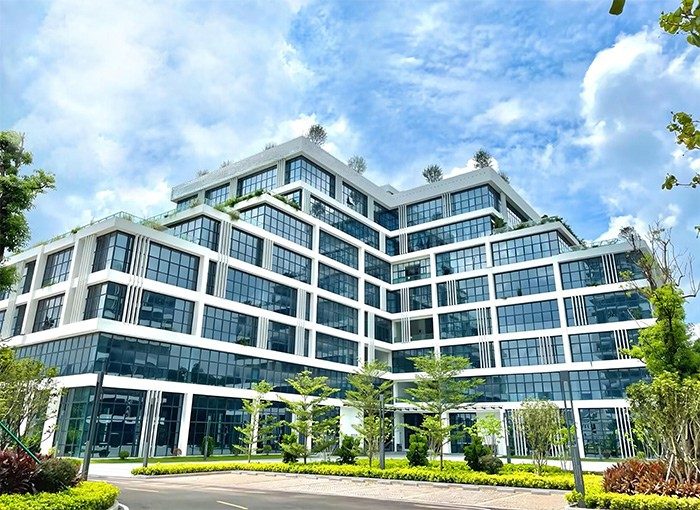The textile industry thrives on precision. One loose thread, one inconsistent loop, and entire batches of fabric can unravel into costly waste. Enter yarn tension control devices—the unsung heroes quietly transforming how textiles are manufactured, one perfectly calibrated stitch at a time.
== Why Yarn Tension Matters More Than You Think ==
Imagine knitting a sweater by hand. Too much pull, and the fabric becomes stiff; too little, and it gaps unevenly. Now scale this to industrial machines running at 2,000 rpm. Consistency isn’t just about aesthetics—it’s about durability, efficiency, and profit.
Traditional methods relied on manual adjustments or rudimentary mechanical systems, leaving room for human error and material waste. Modern yarn tension controllers, however, blend robotics, sensors, and AI to deliver millimeter-perfect precision. The result? Fewer breaks, smoother production lines, and fabrics that meet exacting global standards.
=== The Anatomy of a Smart Tension Controller ===
Today’s devices are marvels of engineering. Let’s break down their core components:
1. **Sensor Arrays**: Embedded along the yarn path, these detect micron-level variations in tension. Think of them as the “nervous system” of the device.
2. **Adaptive Actuators**: Instant corrections are made via motorized rollers or magnetic brakes, adjusting tension in real time.
3. **Machine Learning Algorithms**: Over time, these systems learn from patterns—anticipating disruptions like yarn irregularities or machine speed changes.

A textile plant in Vietnam reported a 40% drop in yarn breakage after installing these systems, saving $200,000 annually in material costs alone.
--- Industry Applications: Beyond Sweaters and Socks ---
While apparel remains a key market, advanced tension control is reshaping niche sectors:
🔹 **Medical Textiles**: Surgical meshes and compression garments demand flawless tension for patient safety.
🔹 **Automotive Upholstery**: Uneven threads in car seats? hysteresis brake . Controllers ensure uniformity under high-speed stitching.
🔹 **Aerospace Composites**: Carbon fiber weaving for aircraft parts requires tension accuracy within 0.1 Newtons—a feat only achievable with digital controls.
=== Case Study: A Denim Maker’s Transformation ===
Levi’s® supplier “BlueLoom” faced chronic quality rejects due to uneven tension in stretch denim. After integrating wireless tension controllers with IoT capabilities:
- 28% faster production speeds
- 62% fewer defects
- Real-time dashboards allowed managers to spot issues remotely.
“It’s like giving our machines a sixth sense,” said their production head.
... The Sustainability Angle ...
Waste reduction isn’t just economical—it’s ecological. The UN estimates that textile waste accounts for 10% of global carbon emissions. By minimizing yarn breaks and optimizing material usage, tension devices help mills shrink their environmental footprint. A single factory reducing waste by 15 tons/year equates to planting 1,200 trees annually.

🔥 Future Trends: Where Innovation Meets Thread 🔥
- **Self-Healing Systems**: Devices that predict failures before they occur, automatically ordering replacement parts.
- **Blockchain Integration**: Tamper-proof tension logs for luxury brands to certify product quality.
- **Nano-Sensors**: Sub-microscopic sensors embedded directly into yarns for hyper-granular control.
=== Choosing the Right Device: A Buyer’s Checklist ===
Don’t just pick the shiniest model. Consider:
- Compatibility with existing machinery (retrofit vs. new installations)

- Data analytics capabilities
- Supplier support for software updates
- Energy efficiency ratings
A German manufacturer recently launched a solar-powered tension controller, cutting energy use by 30%—proof that innovation never sleeps.
---- The Human Touch in a Digital Age ----
Despite their sophistication, these devices empower workers rather than replace them. Technicians transition from tedious adjustments to overseeing systems and analyzing data—upskilling the workforce. As one operator in Bangladesh put it: “Now I solve puzzles, not fight machines.”
== Final Threads: Stitching It All Together ==
Yarn tension control isn’t a “nice-to-have”—it’s the backbone of modern textile manufacturing. From fast fashion to space-grade fabrics, the difference between profit and loss often hangs by a thread. With smarter, greener, and more adaptive devices hitting the market, the future of textiles isn’t just seamless—it’s limitless.
Ready to rethread your production line? The next generation of tension control awaits. 🚀
[Contact our experts today to schedule a demo—because perfection isn’t woven by chance.]
